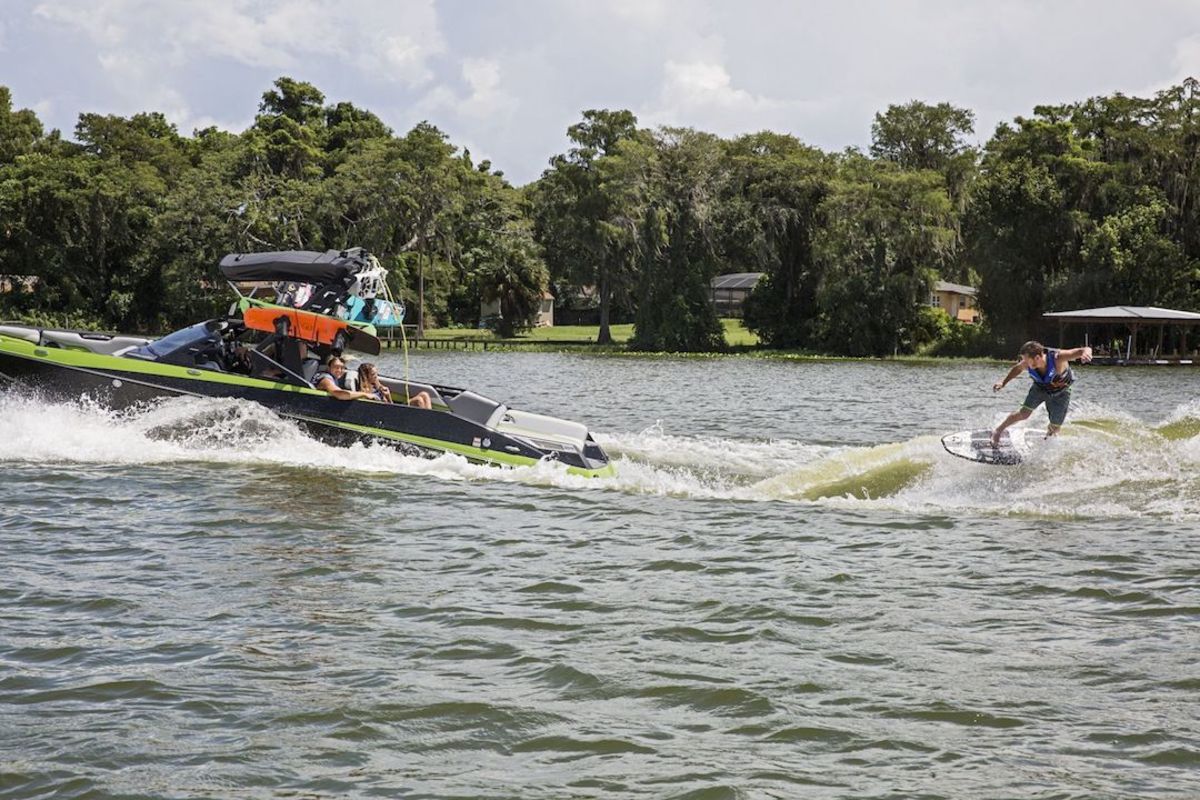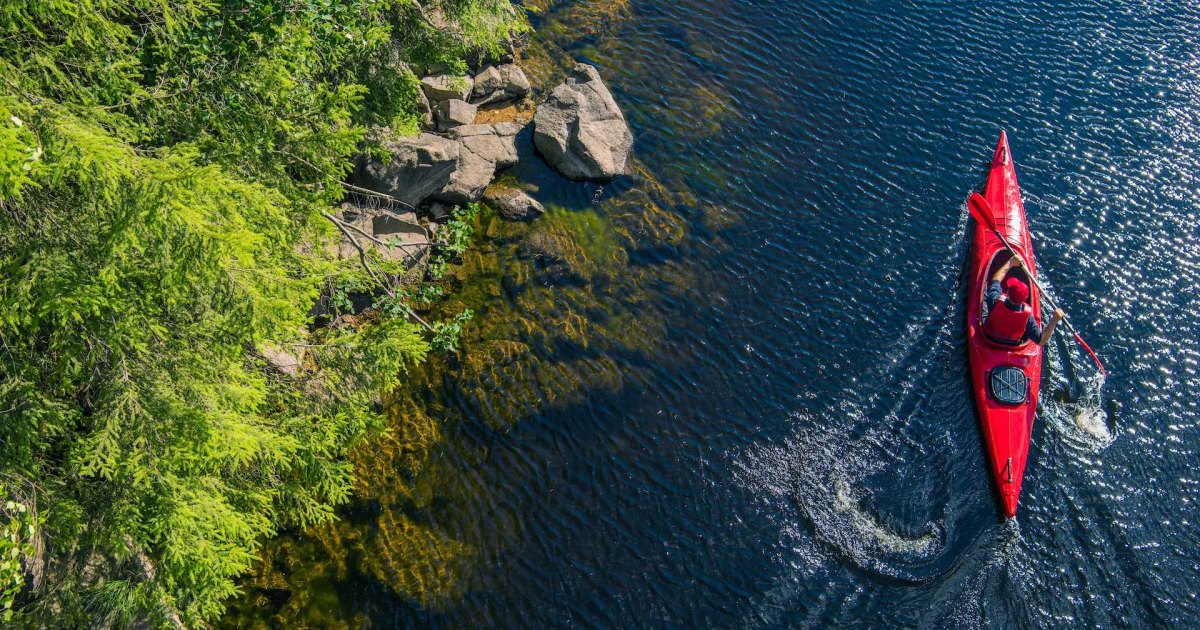No products in the cart.
Fitness Tips
How To Avoid Paddling Accidents on Busy Waterways
Memorial Day marks the launch of the boating and paddling season across the U.S. This year, however, waterways will look a little out of the ordinary—likely more crowded than ever.
Impacted by the ongoing pandemic, 2020 saw a whopping 35 percent spike in new and used boat purchases by first-time boat buyers as hundreds of thousands of Americans sought fresh air, escape and refuge on the water. Kayak and paddleboard sales also skyrocketed, meaning thousands of new enthusiasts will be unleashed on the nation’s waterways as usage peaks this season, many woefully unprepared to navigate the crowds.
“Everybody needs to be extra vigilant and educated about boating safety, especially with 415,000 new first-time buyers joining the boating fraternity this past year,” said Water Sports Foundation Executive Director Jim Emmons. “It’s more important than ever to exercise extra caution to keep yourself, your friends and family safe while enjoying boating activities.”

While sales have exploded for all types of recreational craft—from paddleboards and kayaks to jet skis, powerboats, sailboats and even yachts—COVID-19 mandates put a grinding halt to boating education classes offered by the U.S. Coast Guard Auxiliary, Power Squadron and other private boating schools.
As the boating season approaches and classes are back in session in many states, boating safety stakeholders like the Water Sports Foundation are issuing a mayday to push and promote boater and paddler education and safety.
“Fortunately, live classes are reopening in many communities, plus there are a variety of new virtual paddler and boater education classes that anyone can easily access online,” said Emmons, adding that a list of these resources is available on the WSF website.
As interest and demand swells, one key concern the WSF highlighted: the lack of available safety education and gear through big-box sporting goods stores which dominate retail sales. While buyers can find plenty of inexpensive paddlecraft in those stores, good luck getting any meaningful advice on where to paddle or how to stay safe. Emmons notes many retail giants don’t stock required safety gear that paddlers must carry, such as a Coast Guard-approved life jacket, whistle or other signaling device, or a light for nighttime paddling. As a result, new paddlers often take to the water totally unprepared for potential danger zones.
“Nearly 75 percent of paddlesports casualties involve recreational kayaks when the operator had less than 100 hours of experience; around 45 percent occur with less than 10 hours of experience,” said Emmons. “Typical scenarios involve inexperienced paddlers falling overboard or capsizing without knowledge on how to re-board, compounded by cold water shock.”
As with all boating activities, Emmons points to the need for personal investment in paddler/boater education, plus having—and using—the required safety gear and equipment. His simple recommendation? Seek out a local paddling specialty shop: the obvious, best place to get gear and invaluable guidance from knowledgeable experts on how to use it.
“One of our key goals is to educate paddlers and boaters,” Emmons added, “and to encourage them to invest in boating education so they are safe and confident on the water, which leads to greater fun for everyone.”
Go deeper with more info to safeguard yourself and your crew Memorial Day and throughout the summer with these top boating safety tips.
For access to exclusive gear videos, celebrity interviews, and more, subscribe on YouTube!
Source link

